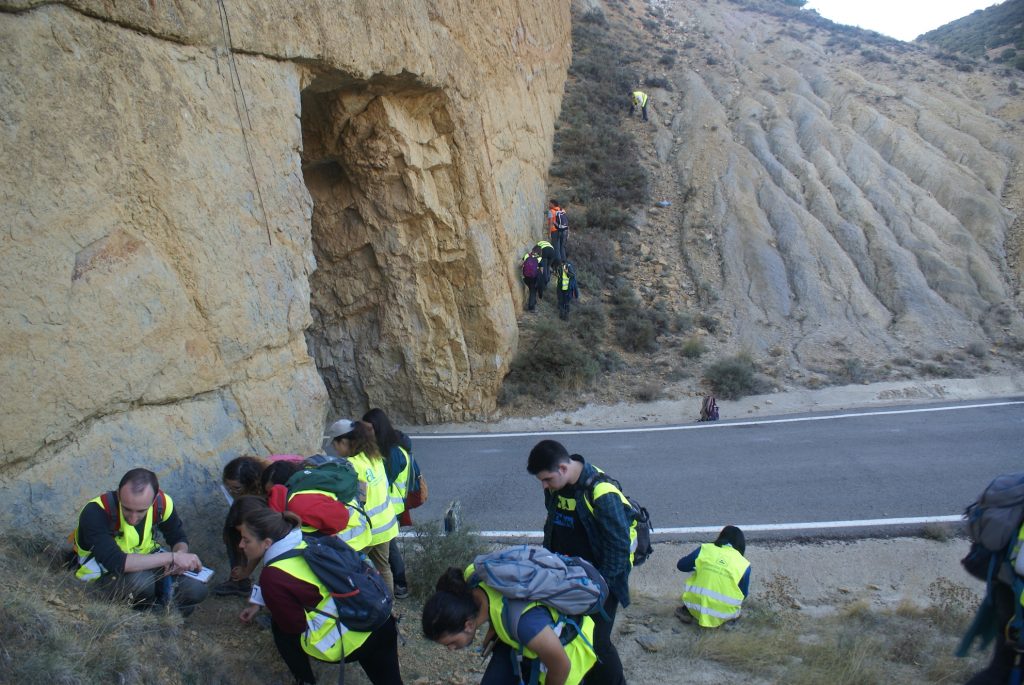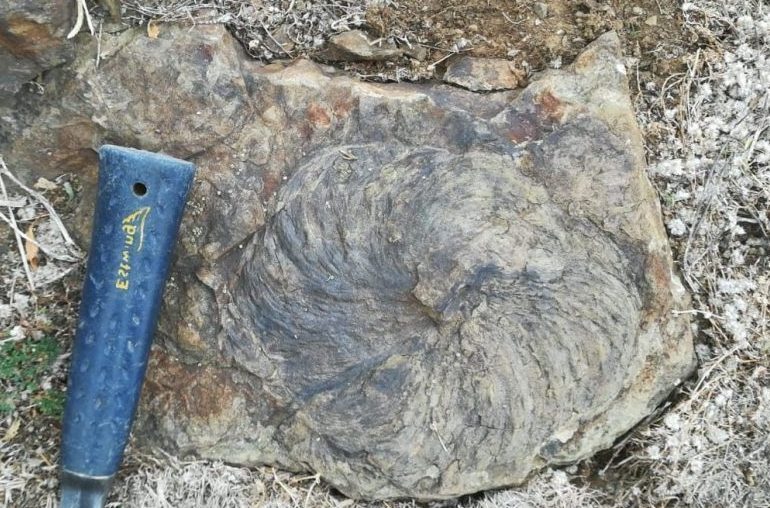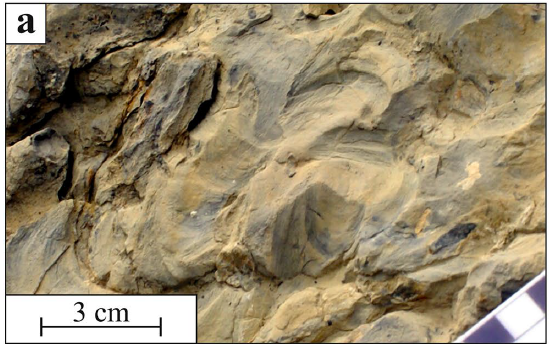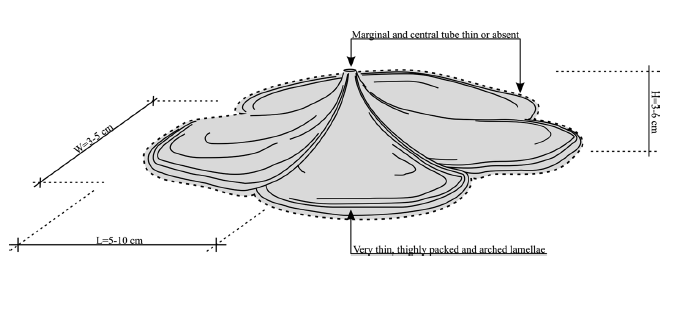Home » Iberian range
Category Archives: Iberian range
Visiting the Monduver geologic dome II
Students of the third course of Geology of the Alicante University within the subject of Regional Geology: visit Jarafuel triassic section, Montealegre del Castillo triassic section, Sot de Chera Jurassic section and Monduver geologic dome.
The picture shows exposition of the teacher on the Monduver peak.

Regional geology field trip to Teruel
Students of the third course of Geology of the Alicante University within the subject of Regional Geology: visit Jarafuel triassic section, Aguaton jurassic section, Murero paleontological site, Fombuena section, Santa Cruz Paleozoic Seas Museum, Ojos Negros Mine, and Orea-Checa road Hirnatian section.

The visit took place from 16 to 19 October of 2019 and the professors in charge were Juan Alberto Pérez-Valera and José Enrique Tent-Manclús.

Nearshore Mid-Triassic Zoophycos
Zoophycos is a well-known trace fossil common throughout the Phanerozoic. Paleozoic forms show important differences in morphology and habitat distribution with respect to the Jurassic, Cretaceous, and Cenozoic ones. Therefore, Early–Middle Triassic is considered a crucial time-span for the understanding of the evolution of this trace fossil. So far, Early Triassic Zoophycos is unknown and Middle Triassic forms were recorded only in deposits from Thuringia. The morphology and paleoenvironment of Zoophycos from the middle–upper Muschelkalk of the Iberian Range is herein described.

The best-preserved trace fossils occur in a dolomicritic bed Ladinian in age, and are represented by small forms with a subcircular, slightly lobed outline and very little penetration depth. They were deposited in a very shallow, quiet-water environment with transition to supratidal/emerged areas. The low diversity of both trace fossils and skeletal remains point to stressful conditions related to strong salinity variations and/or poor water circulation. A comparison was made with Zoophycos from Anisian deposits of the Muschelkalk in Germany. This showed that both forms are quite simple and penetrate only the shallowest tiers, although they are different in whorl outline and lobe shape.

This confirms that, notwithstanding the morphological variability of this group, Zoophycos still maintained a quite simple structure in the Triassic. A shallow-water environment was deduced for both localities, confirming that at least until the Early Jurassic Zoophycos had not definitively migrated toward deep-water areas.
Cite as: Giannetti, A., Tent-Manclús, J. E. y Baeza-Carratalá, J. F. (2017): New evidence of nearshore Mid-Triassic Zoophycos: morphological and paleoenvironmental characterization. Facies, 63,16: 1-12. DOI : 10.1007/s10347-017-0498-8
Recent Comments